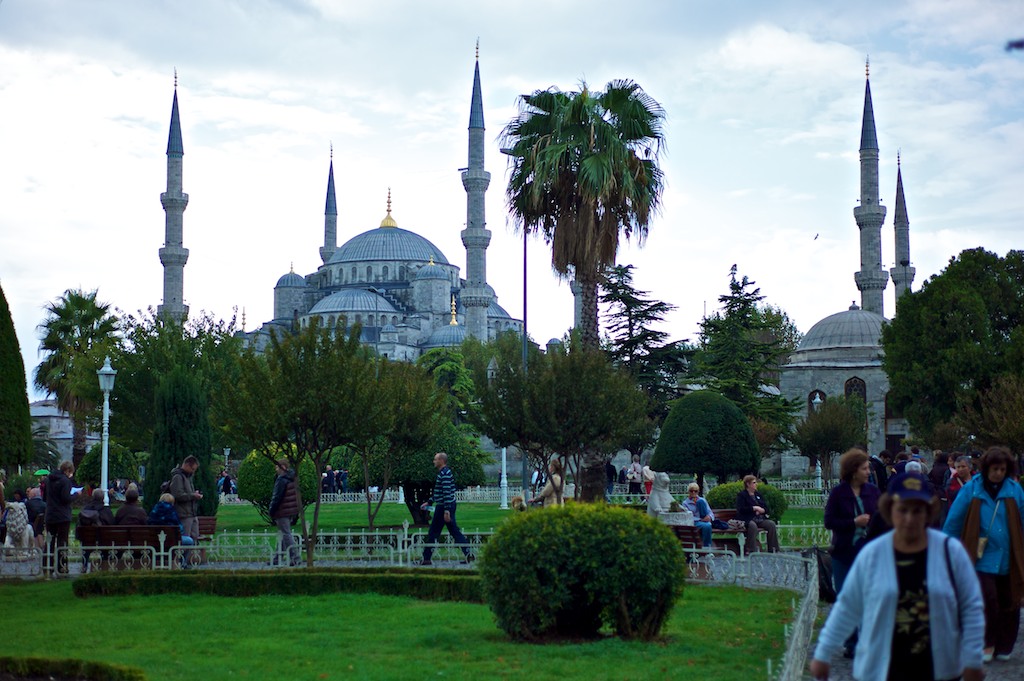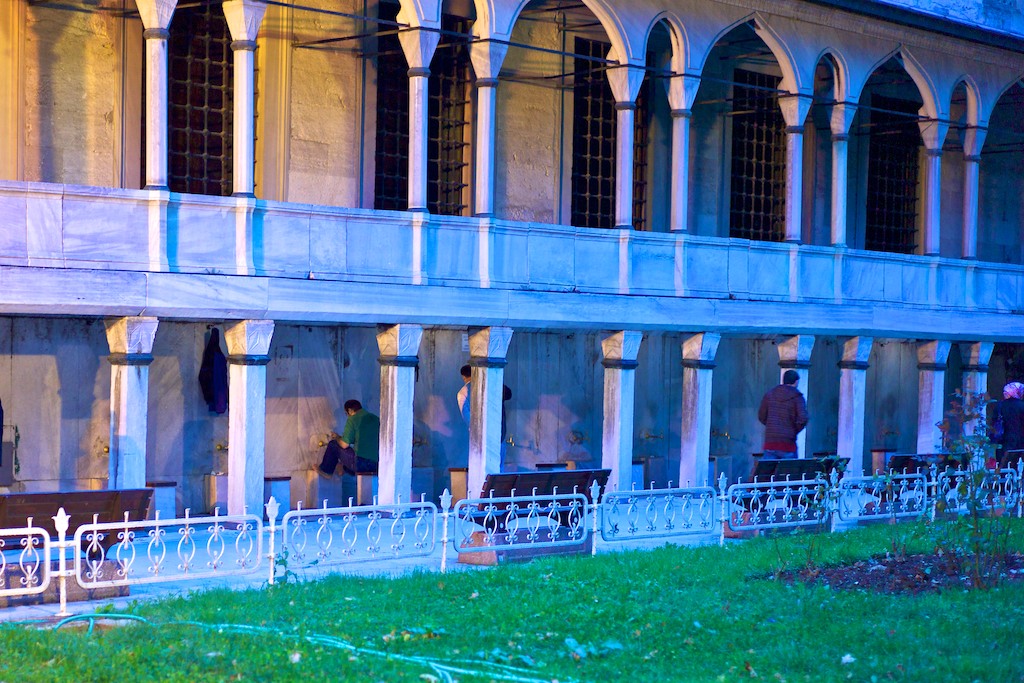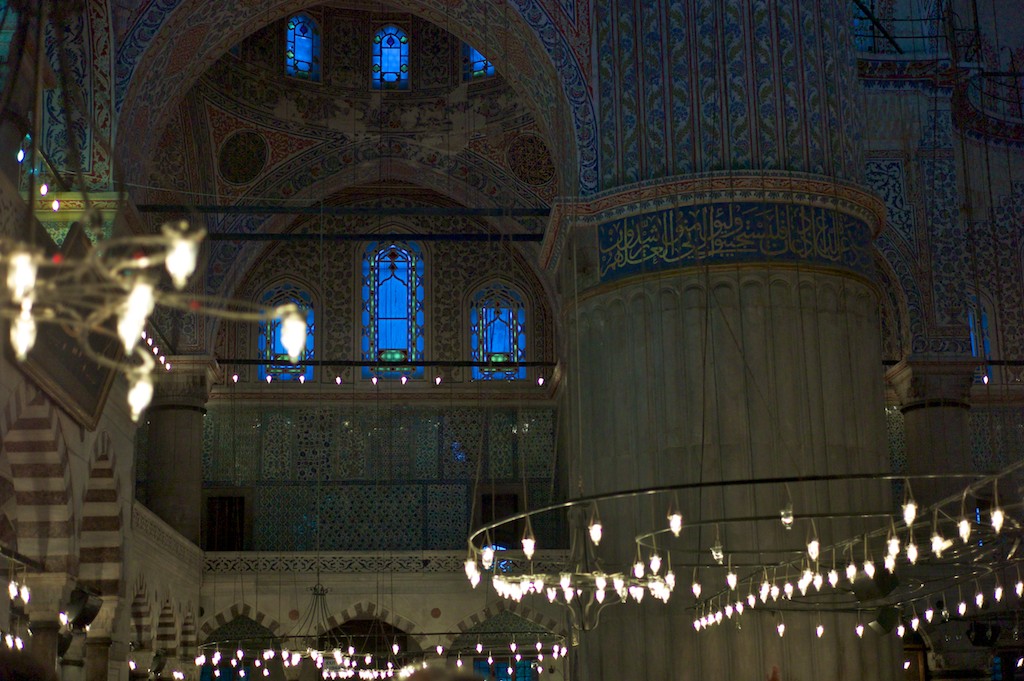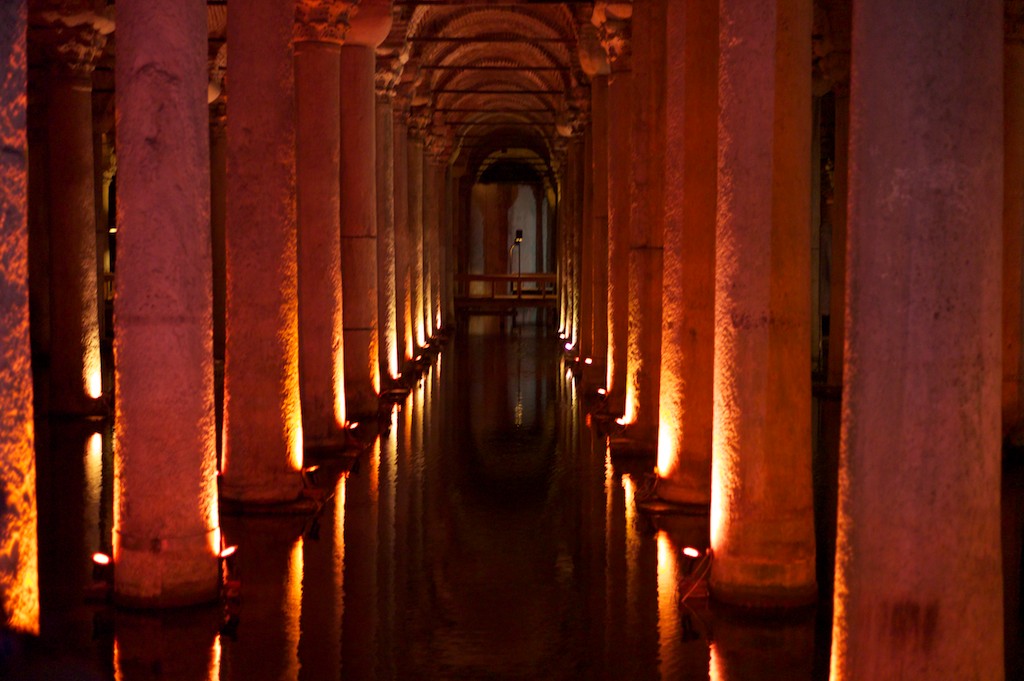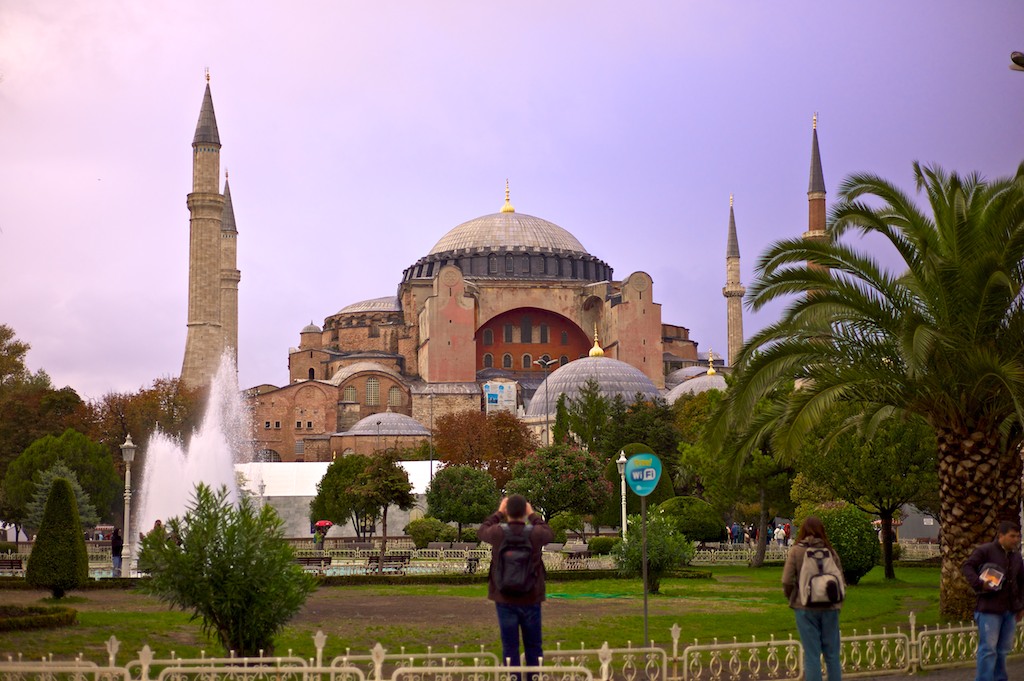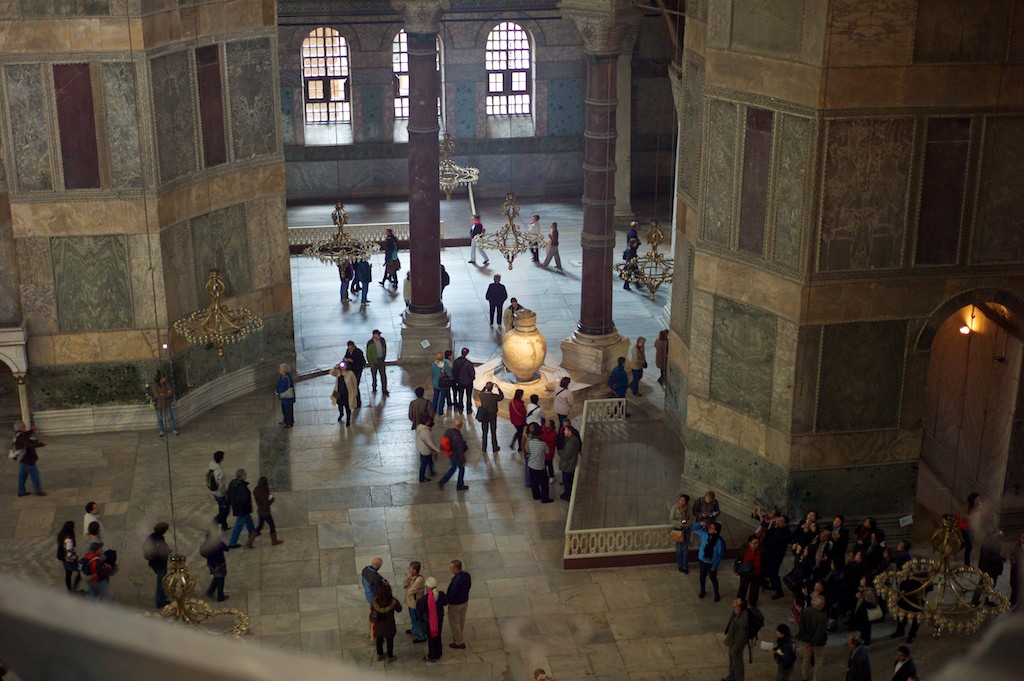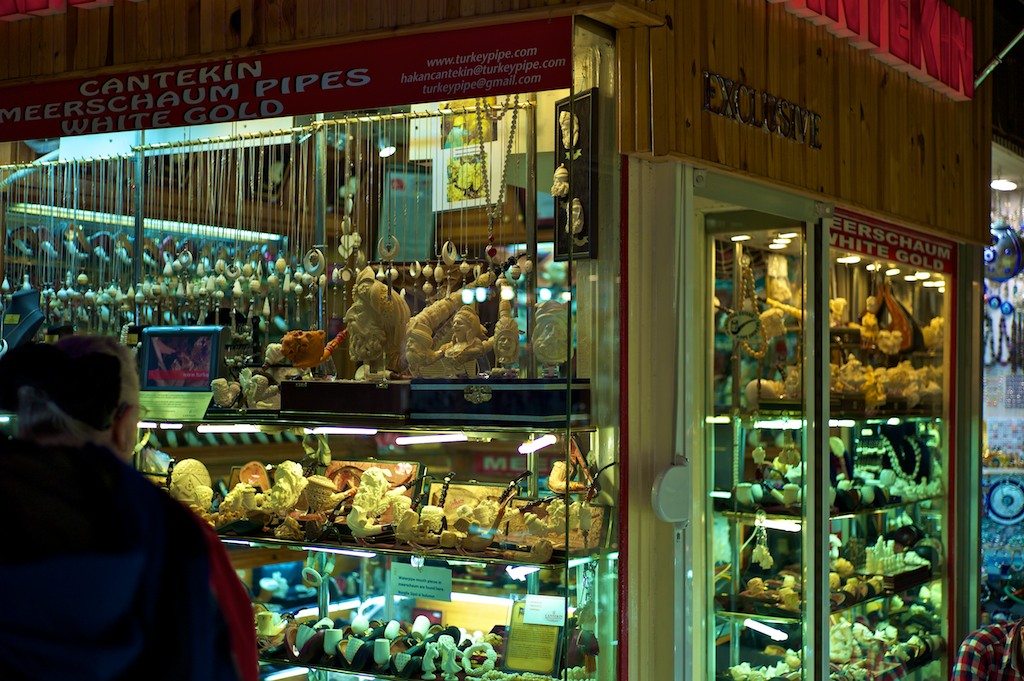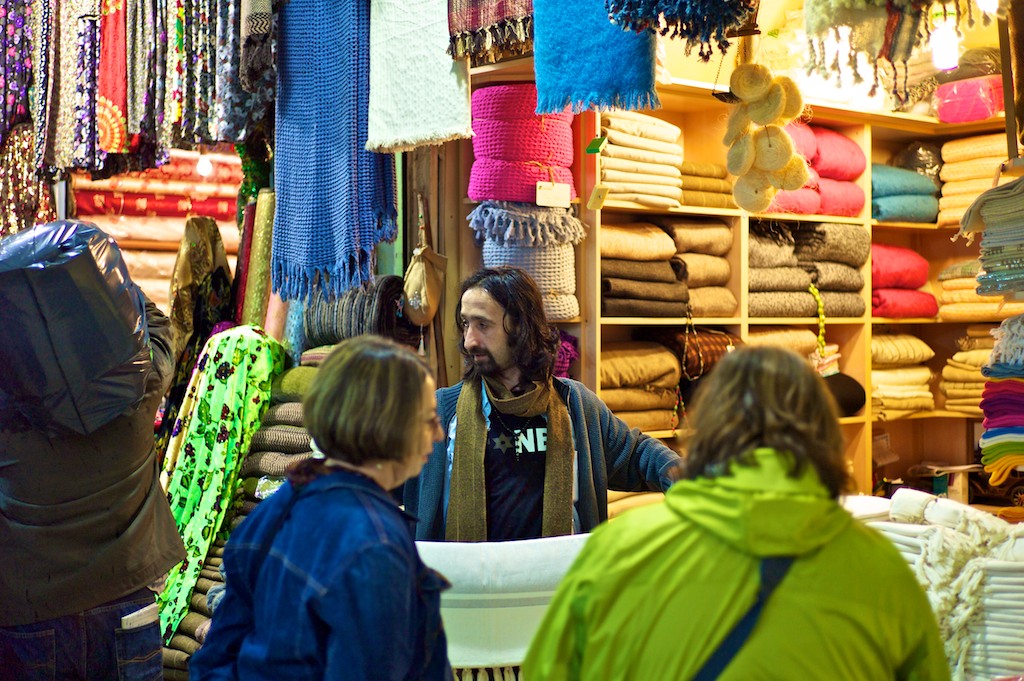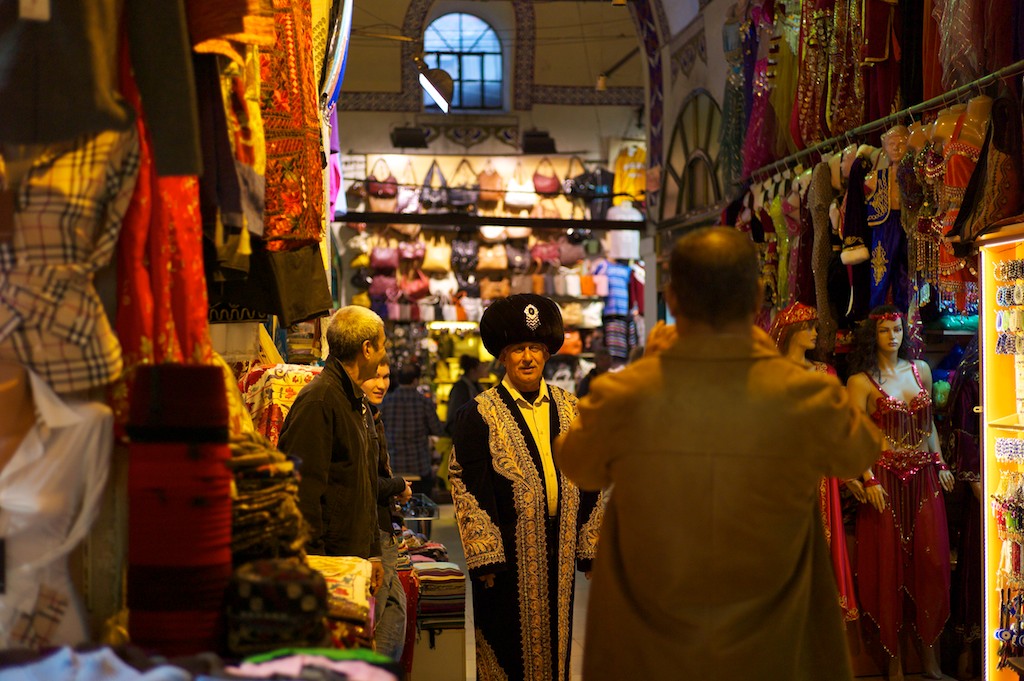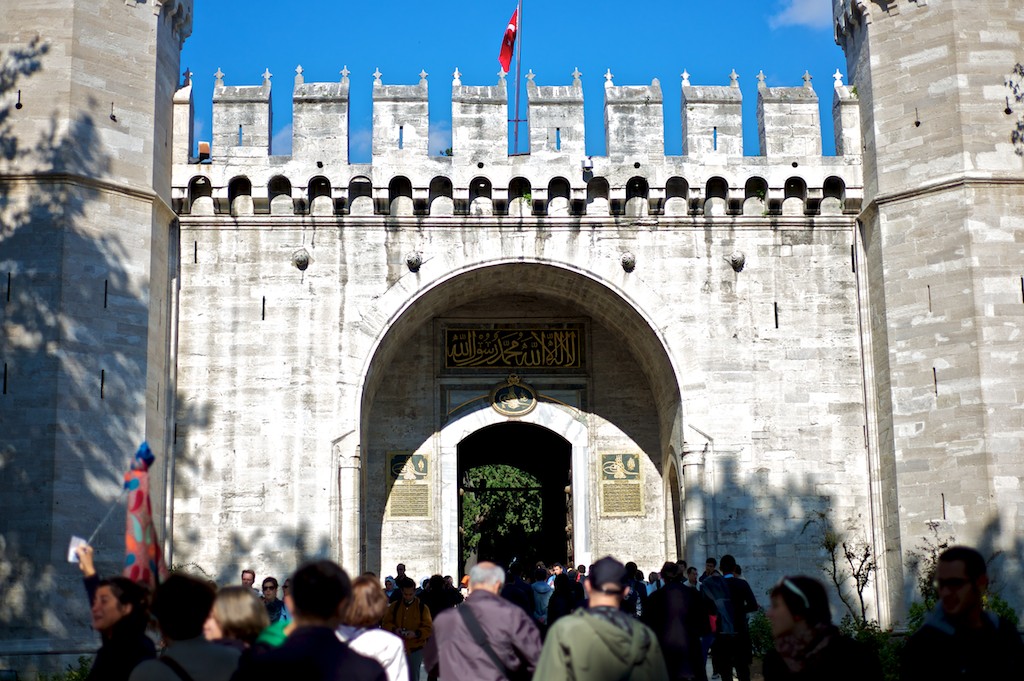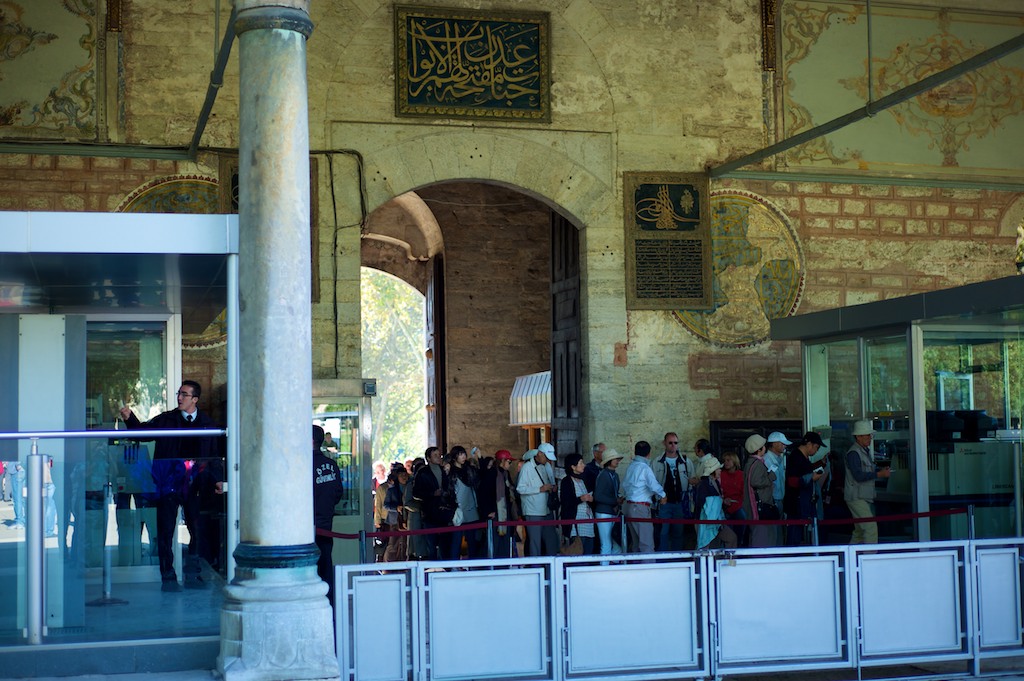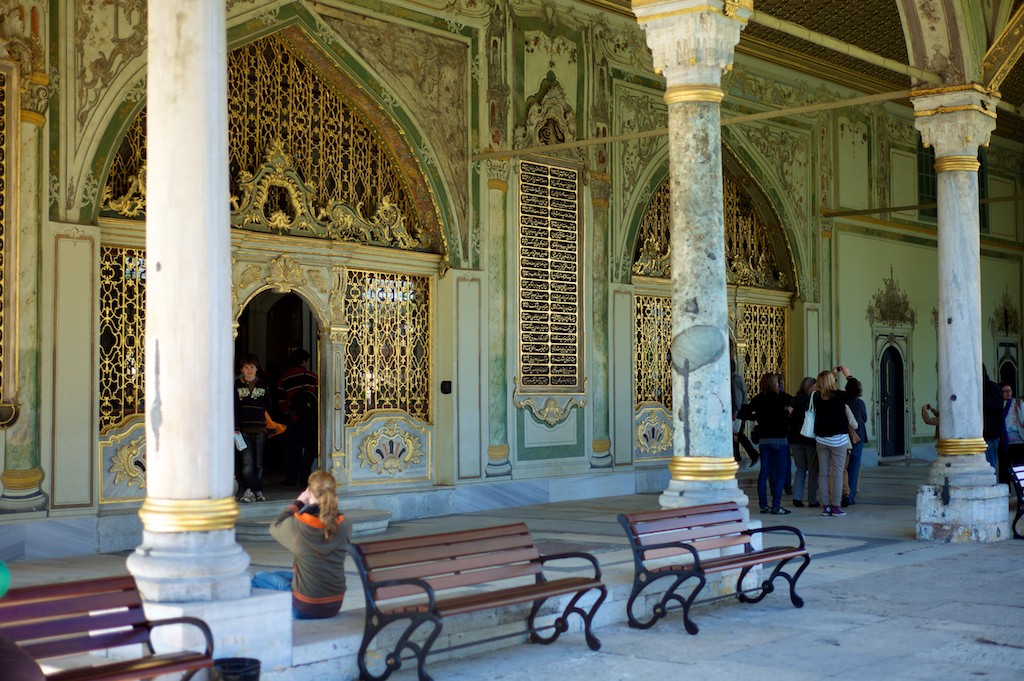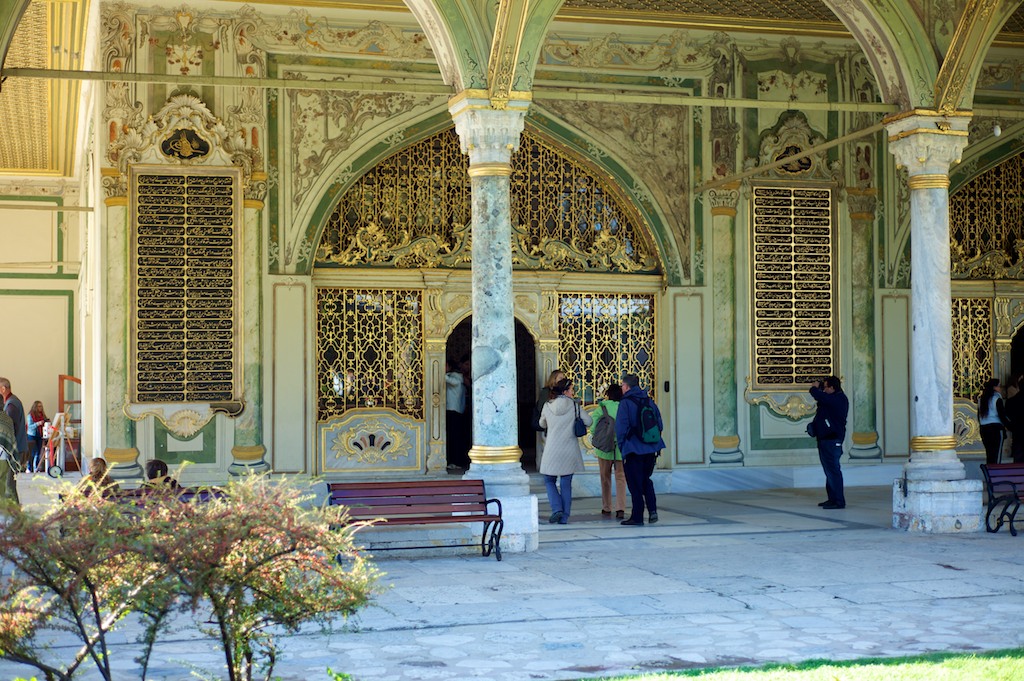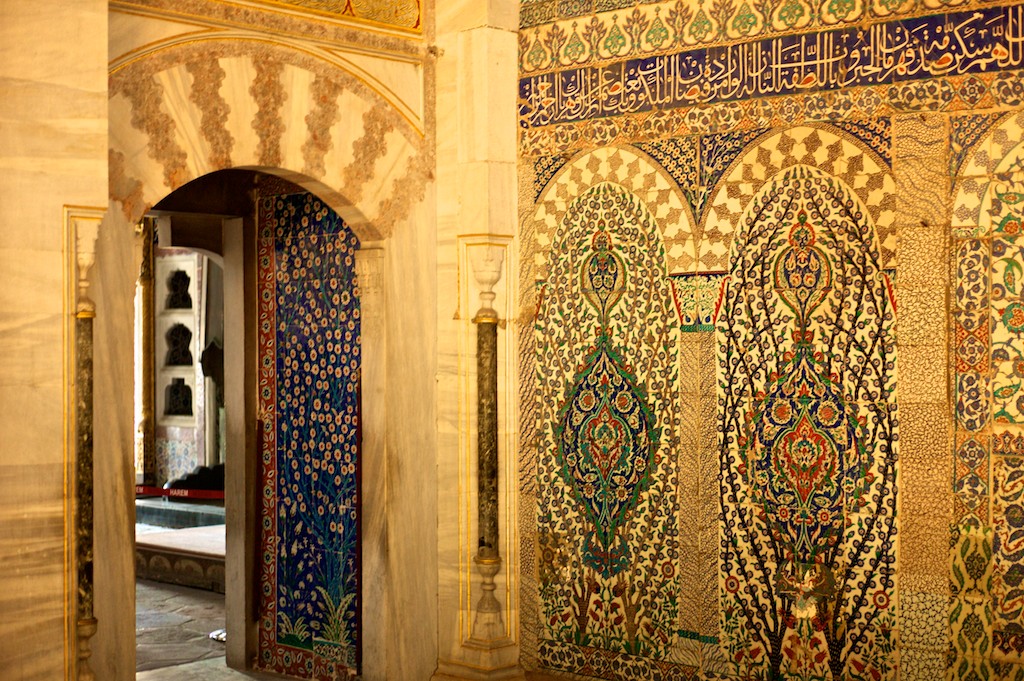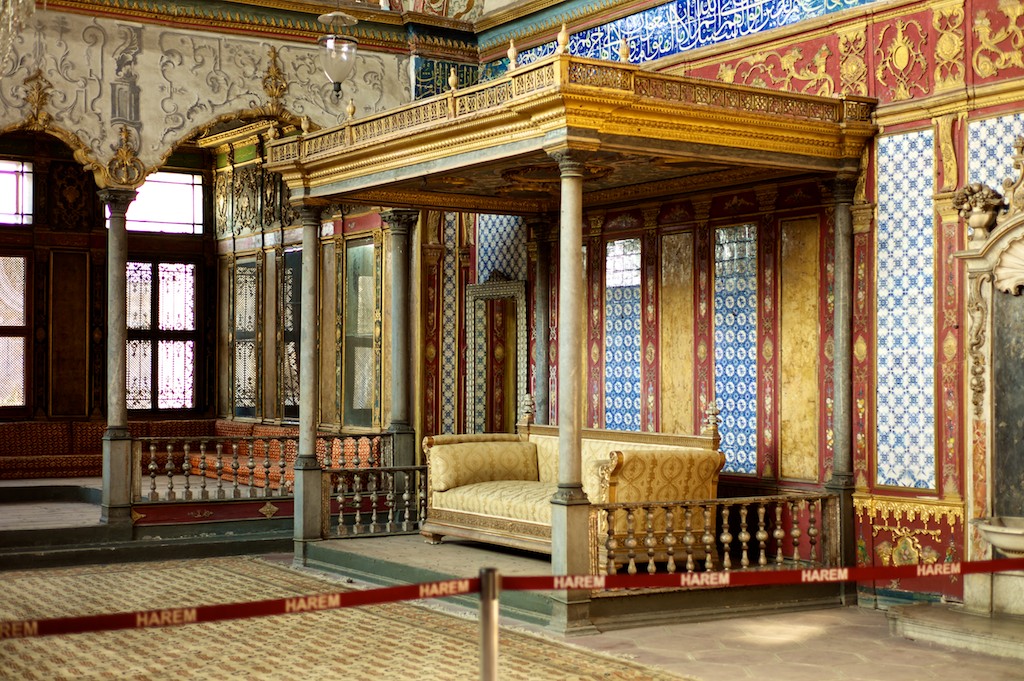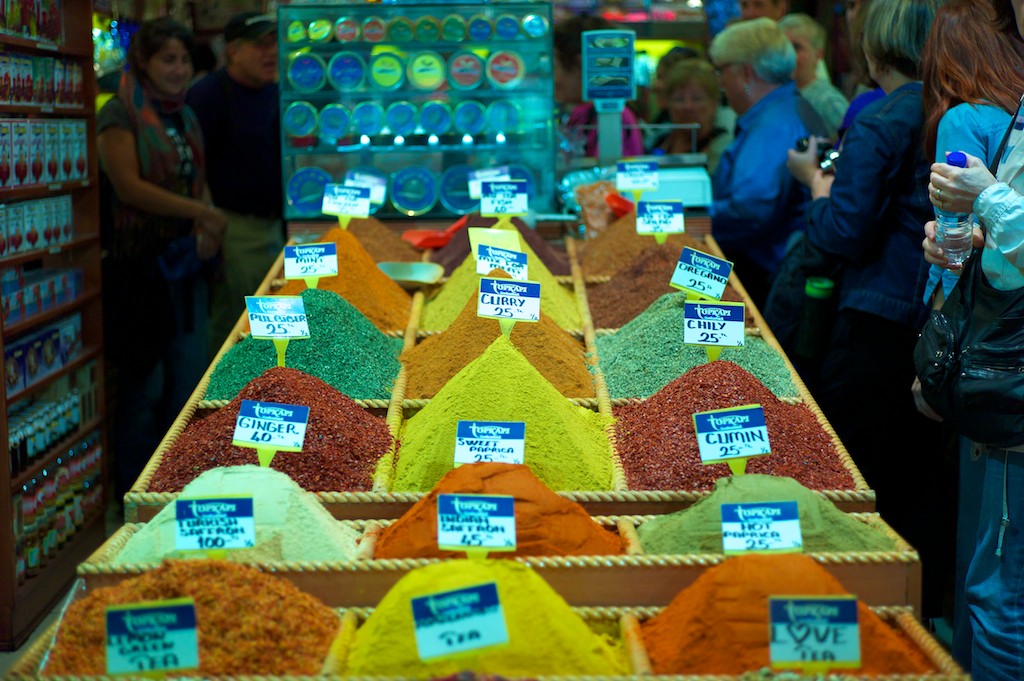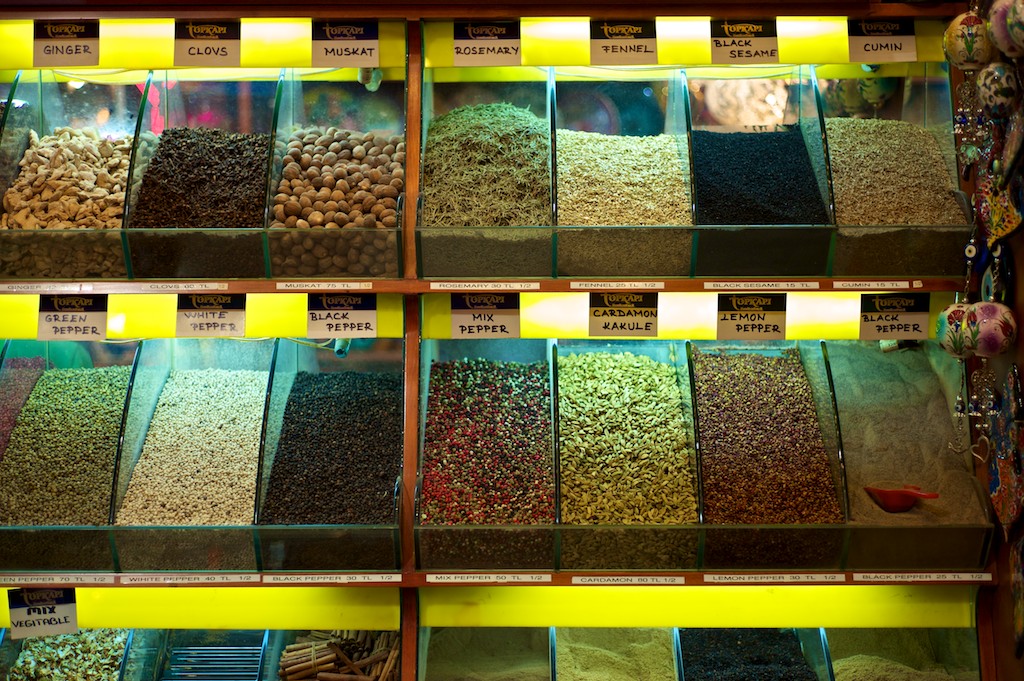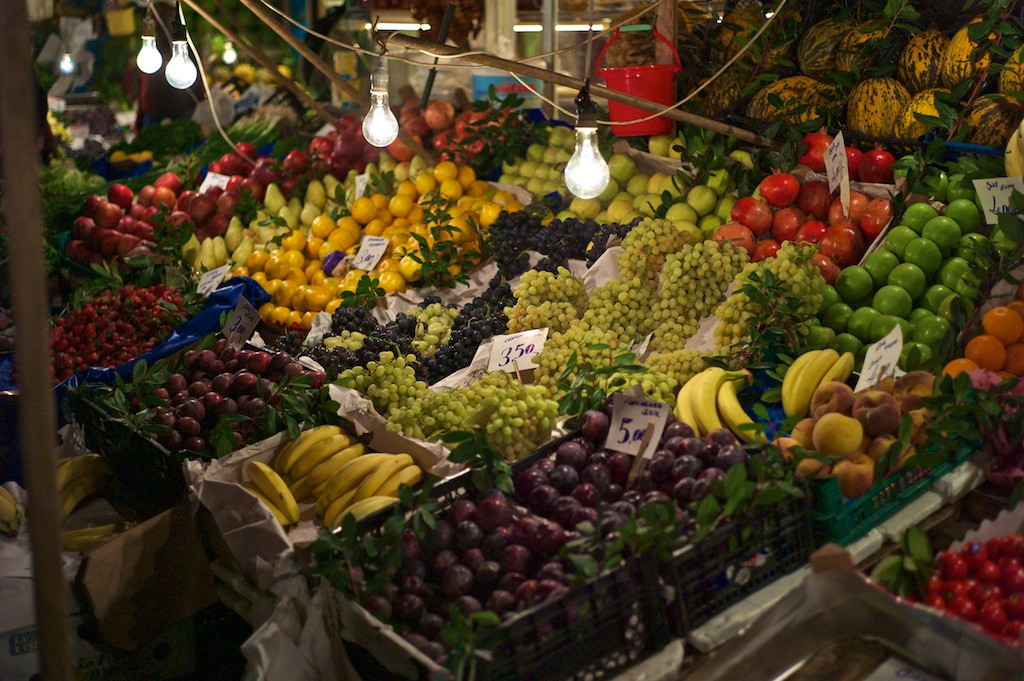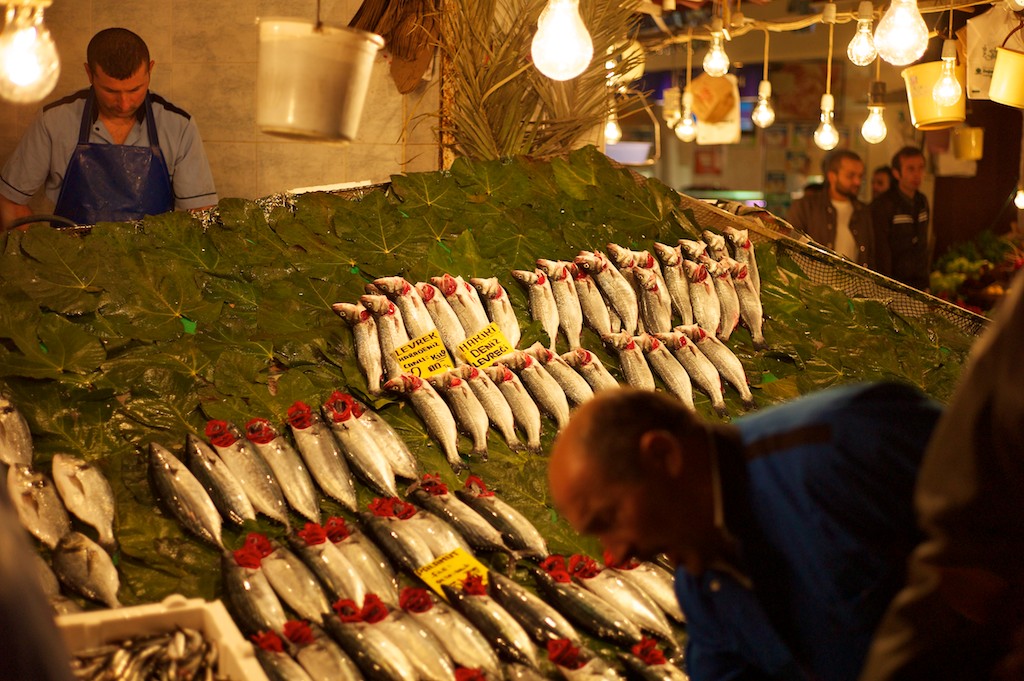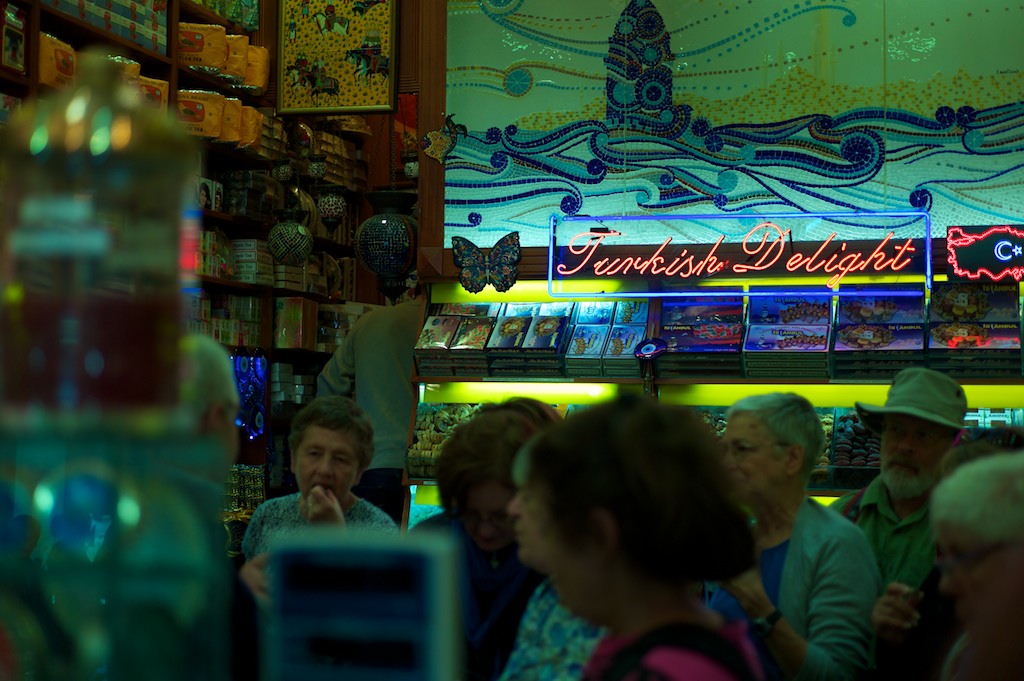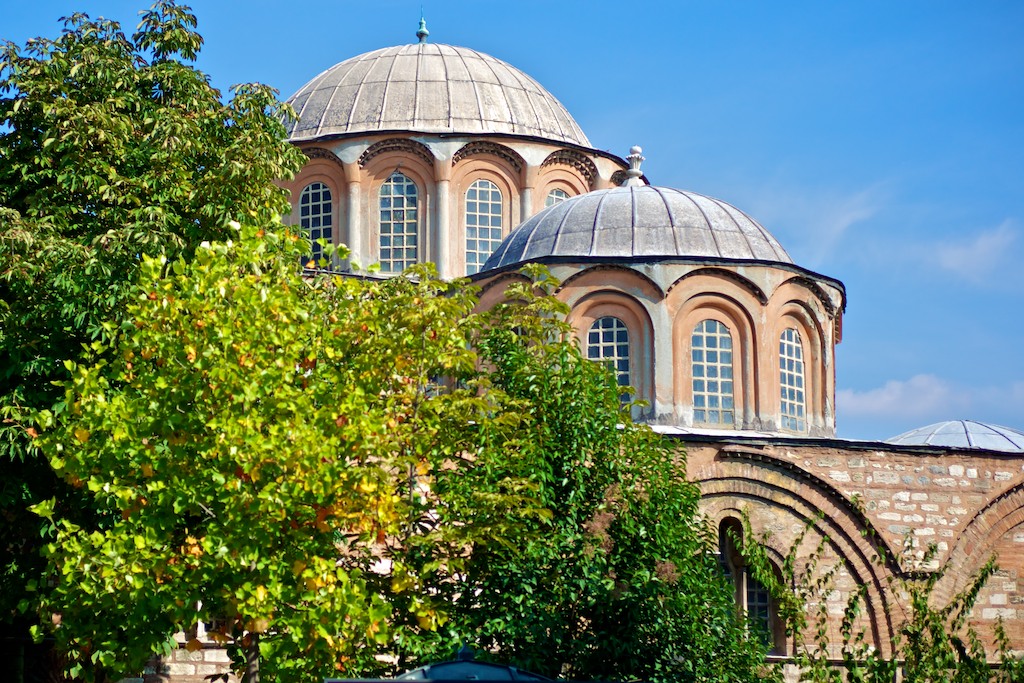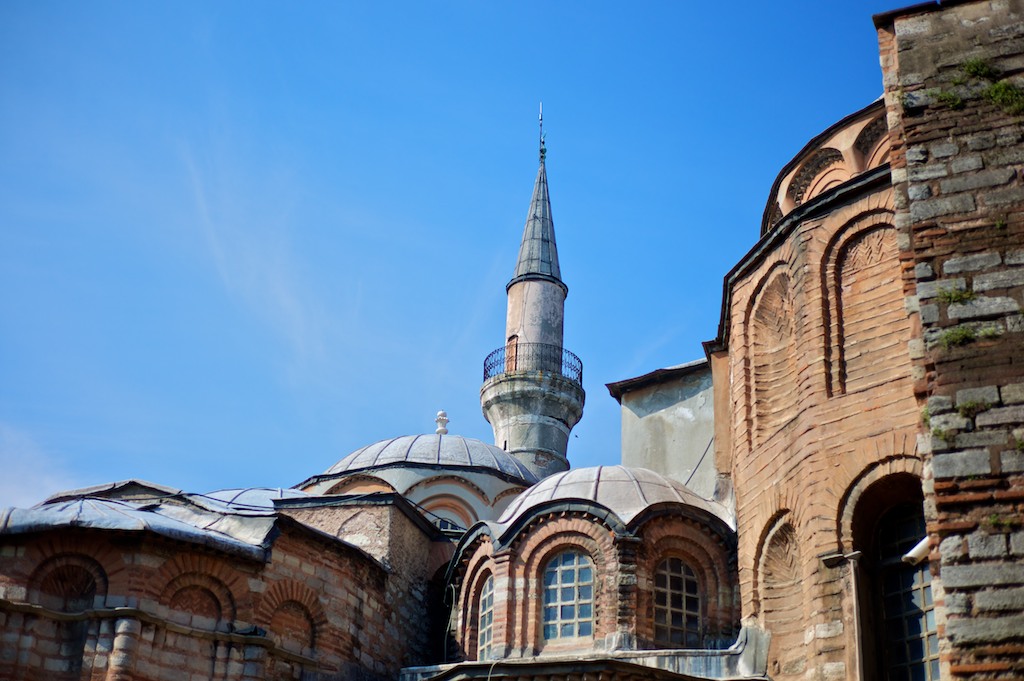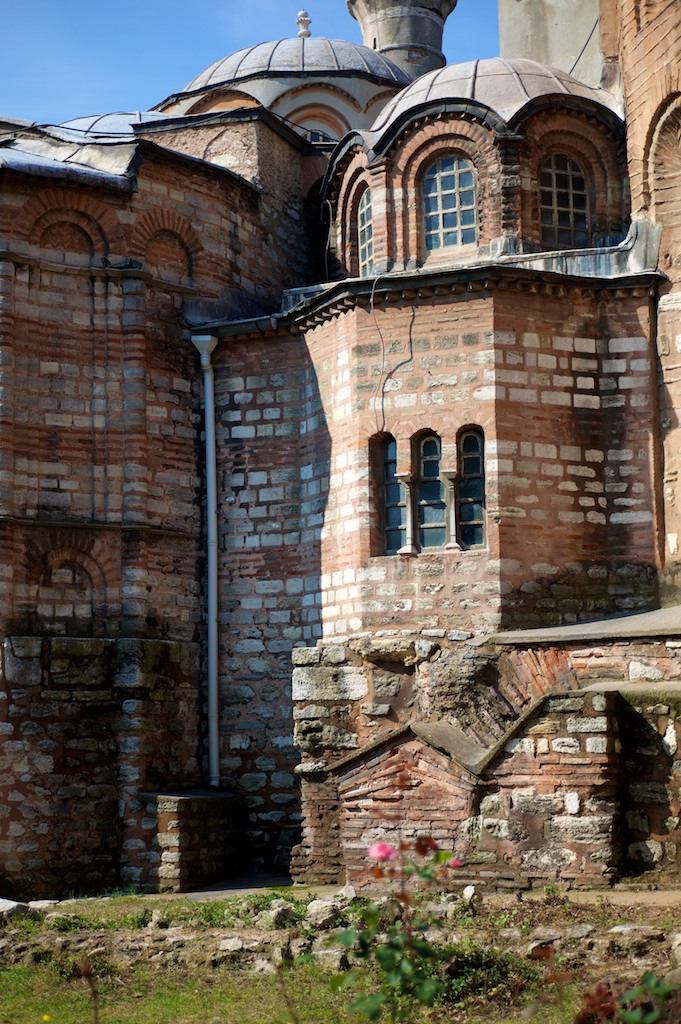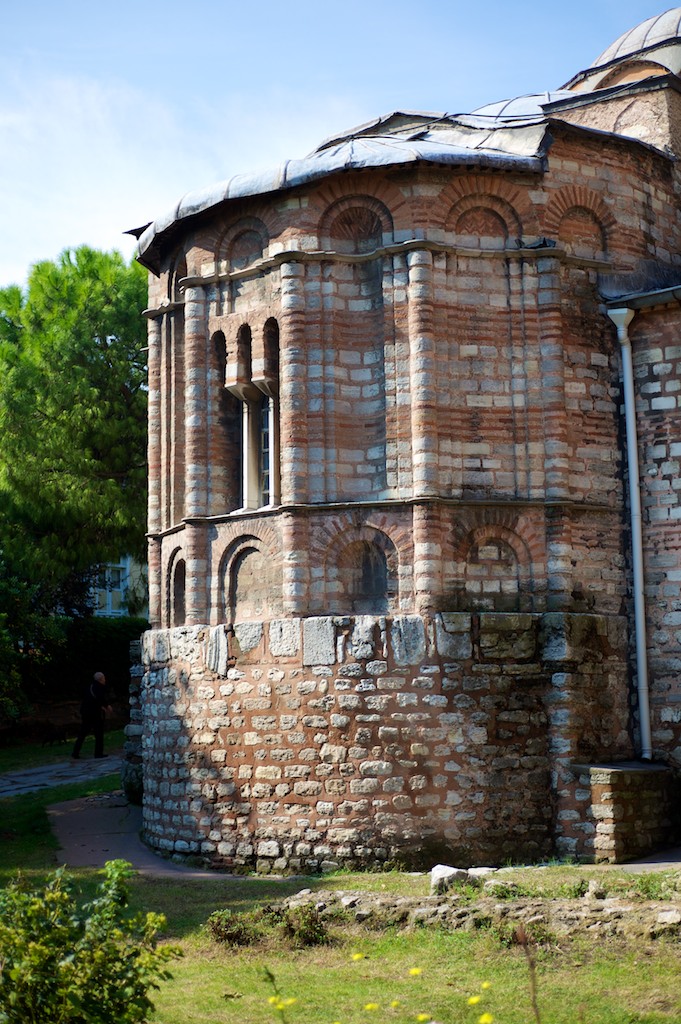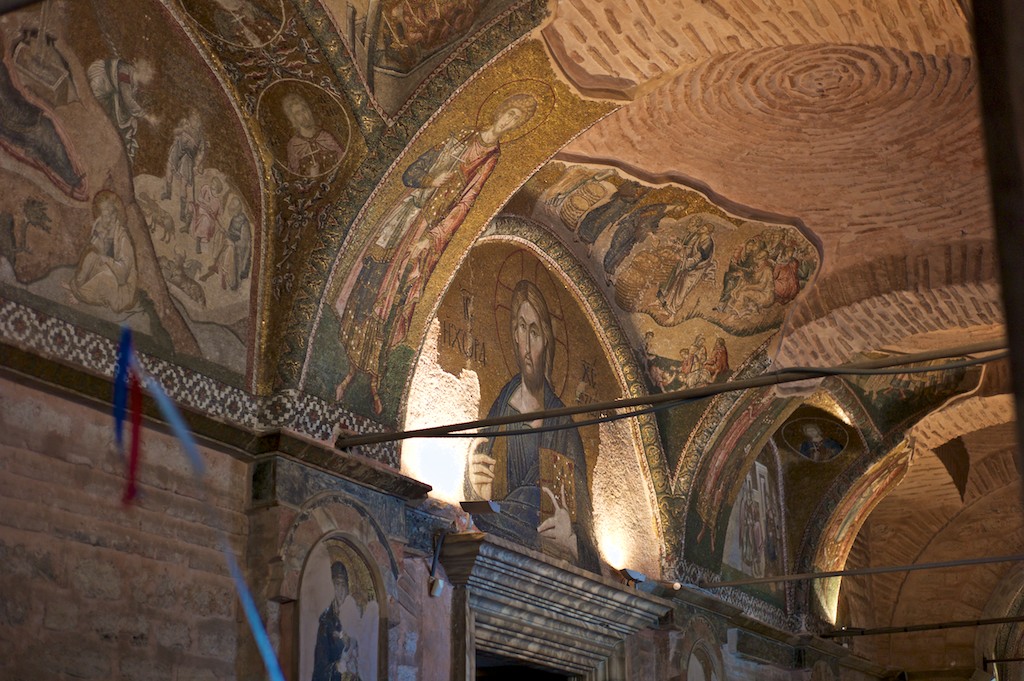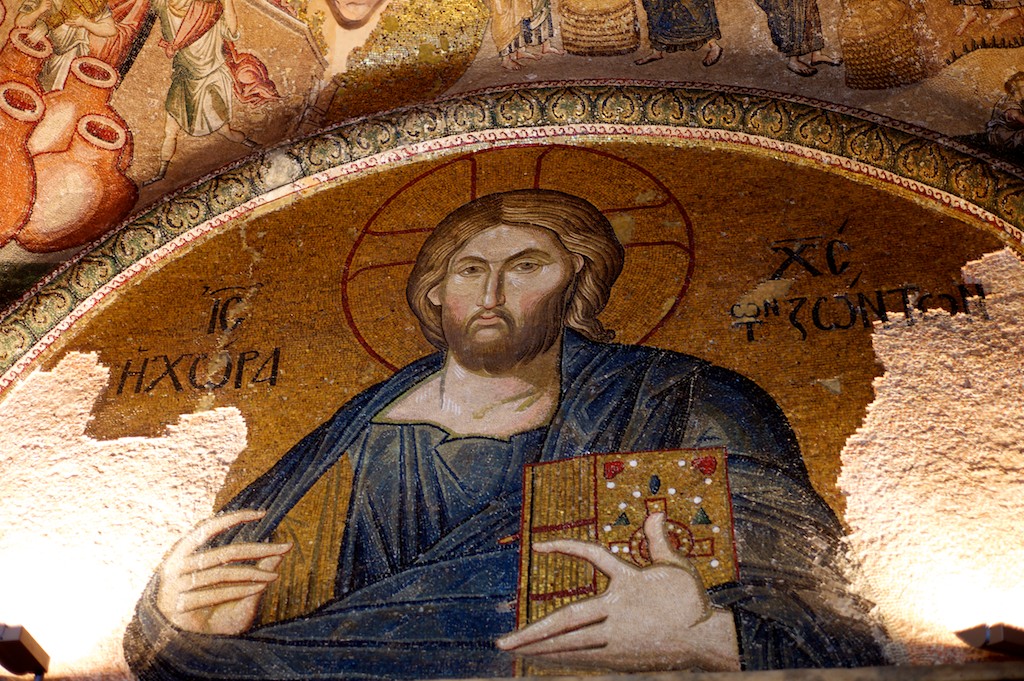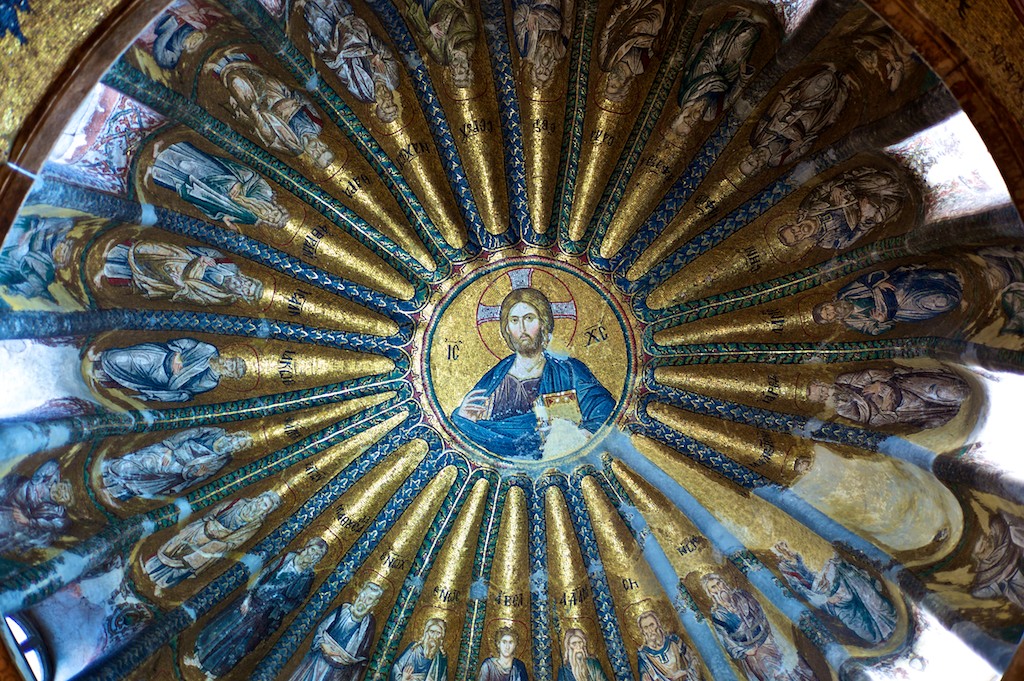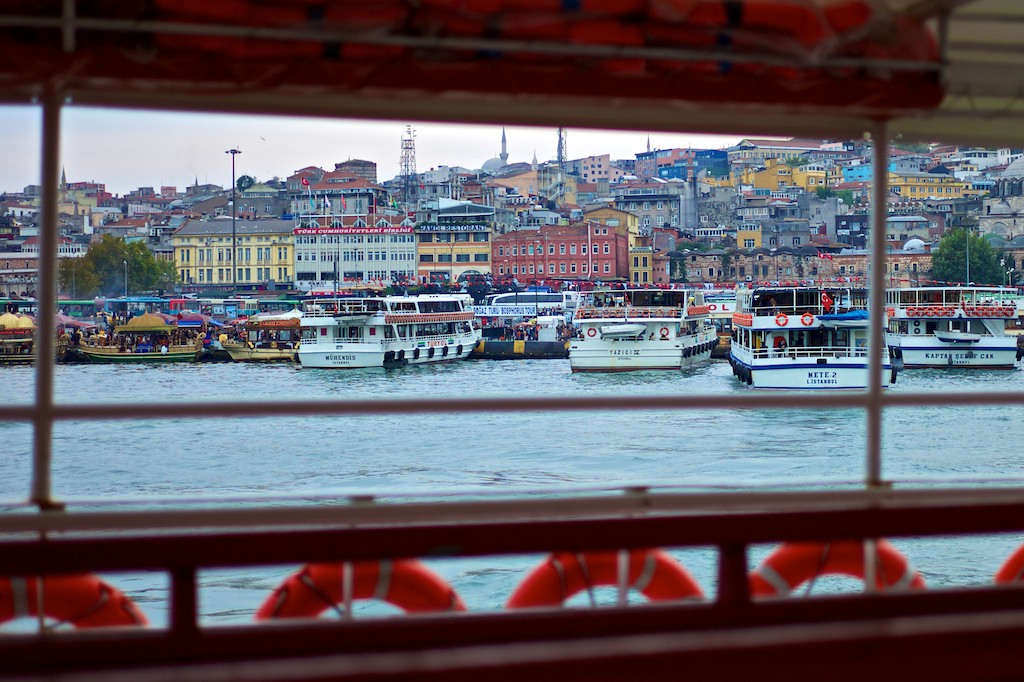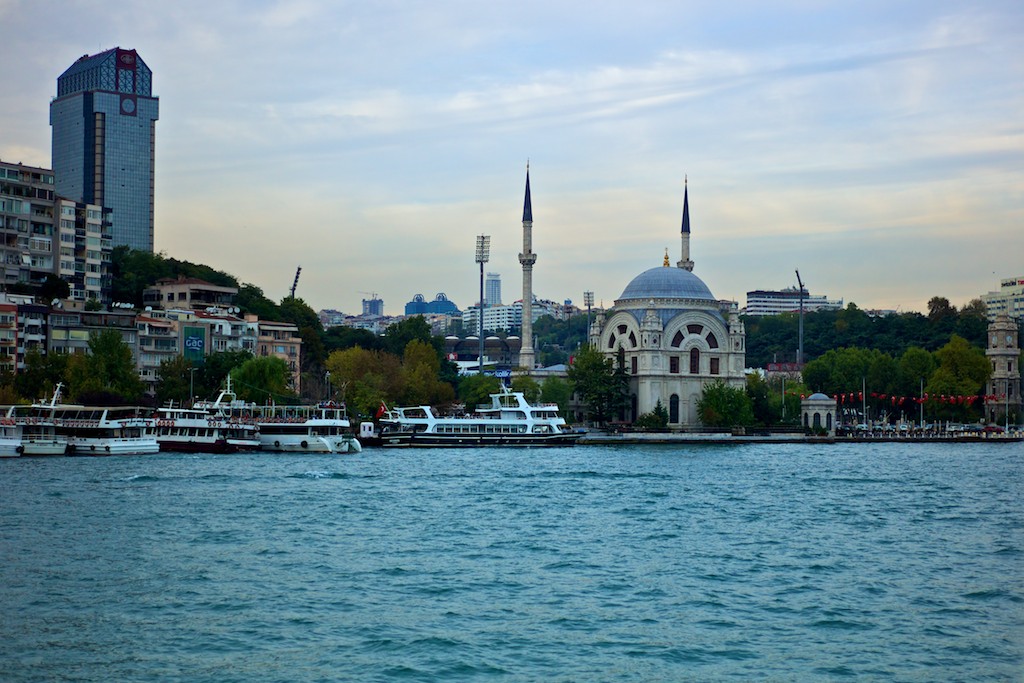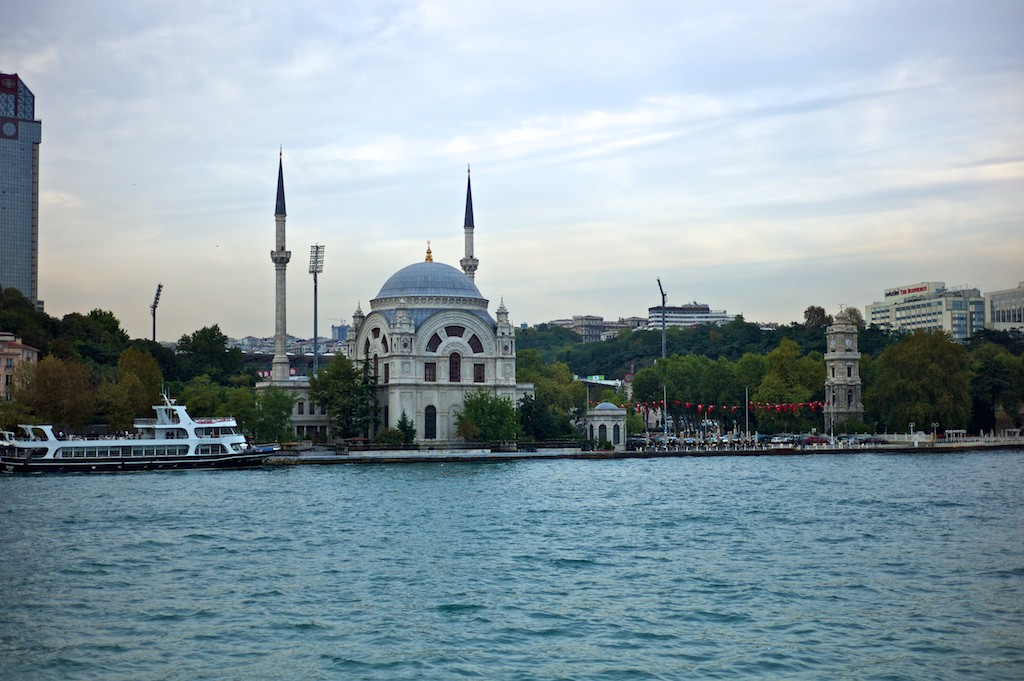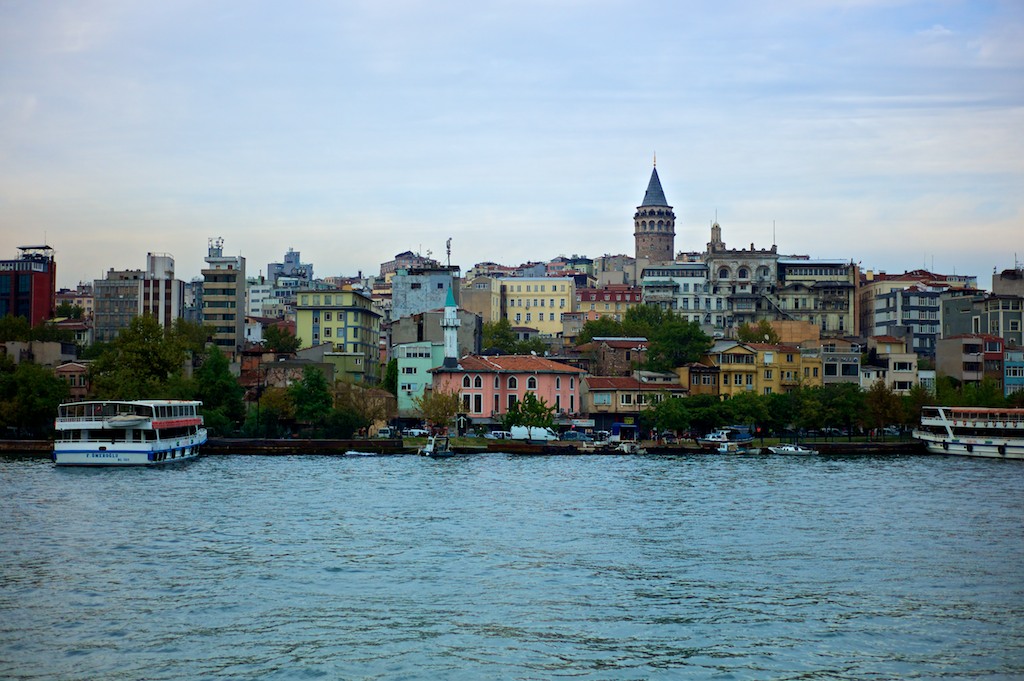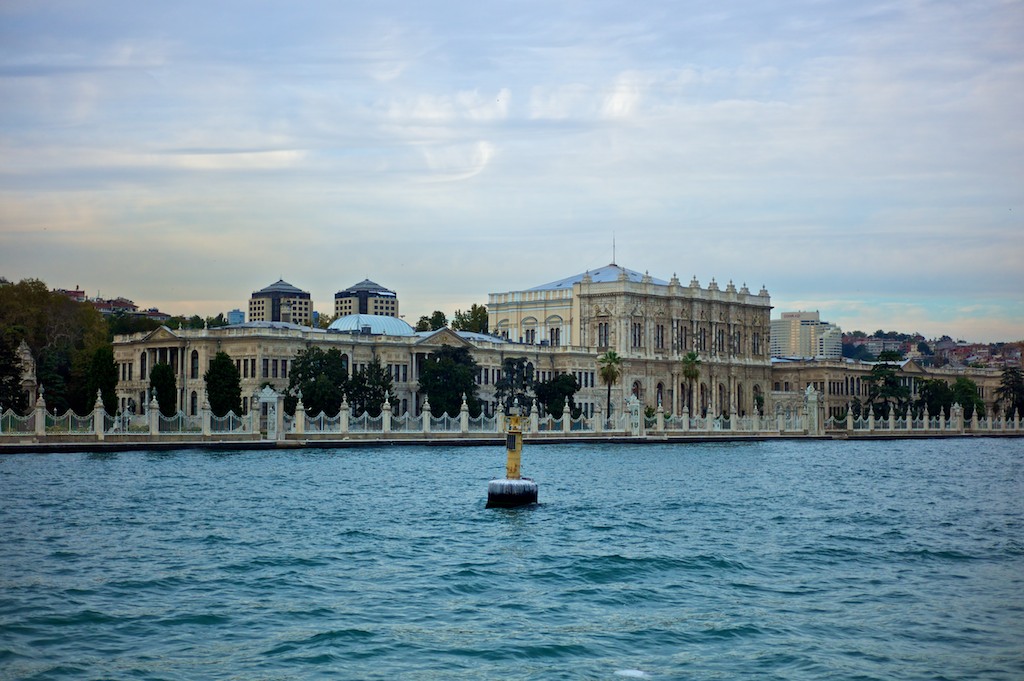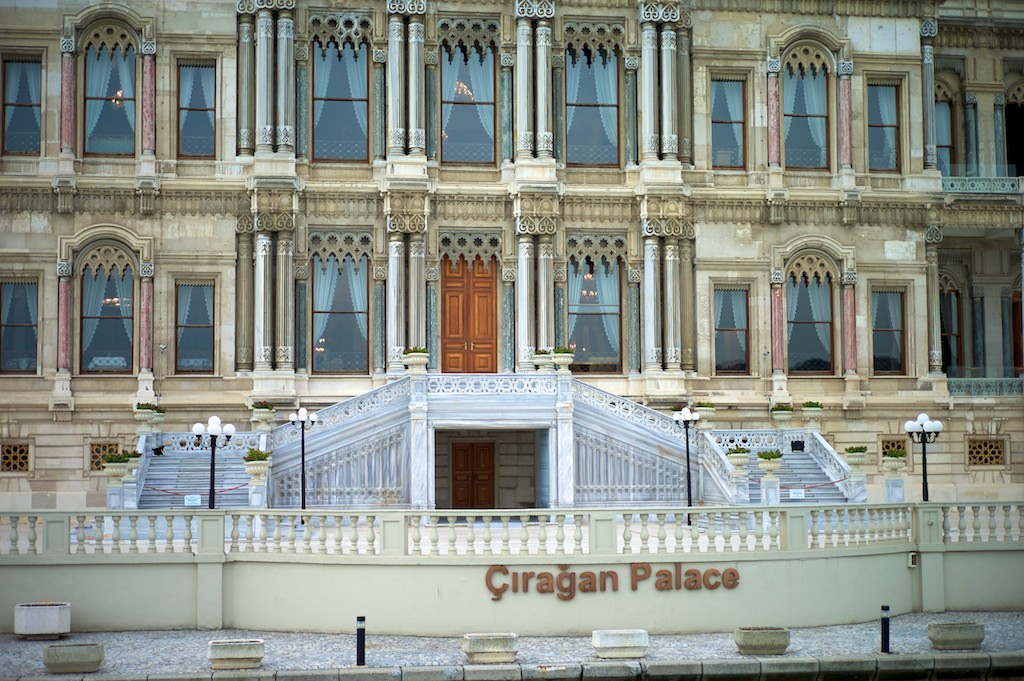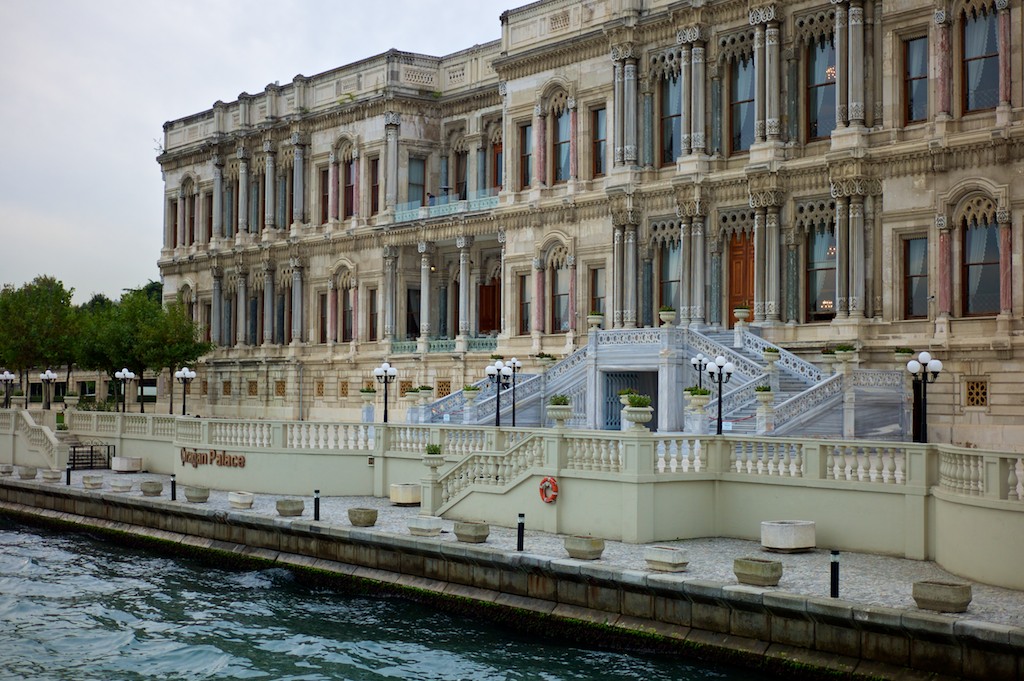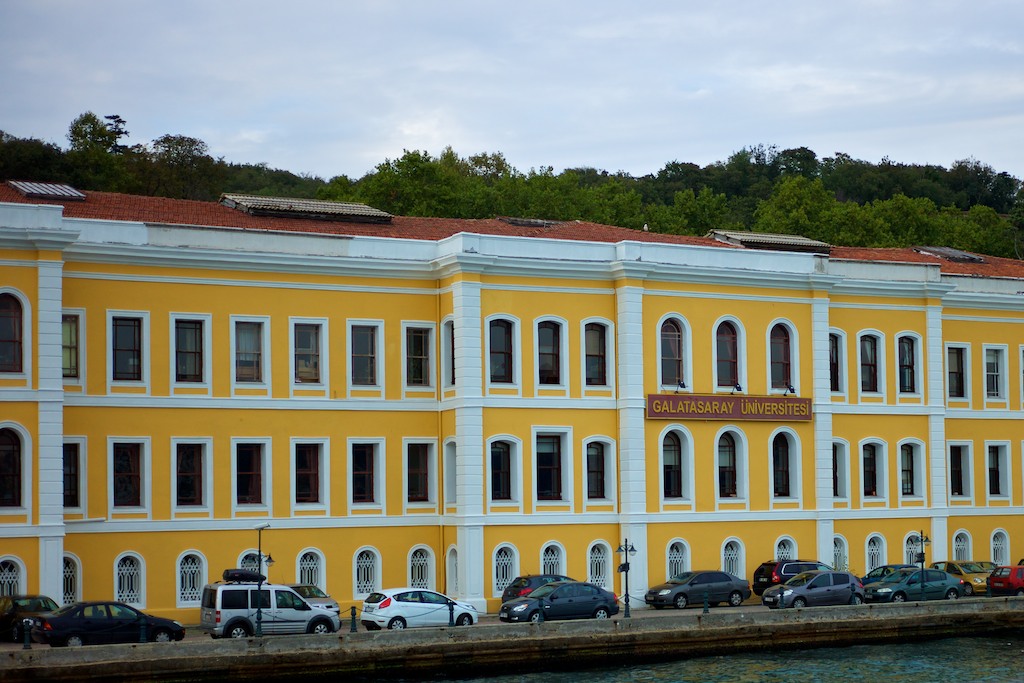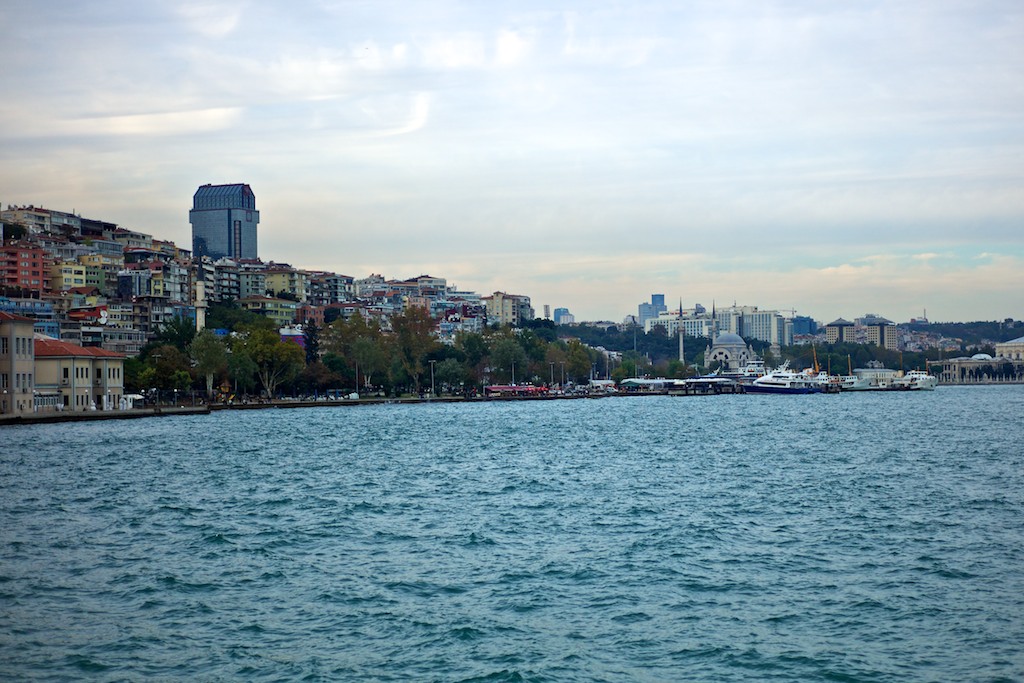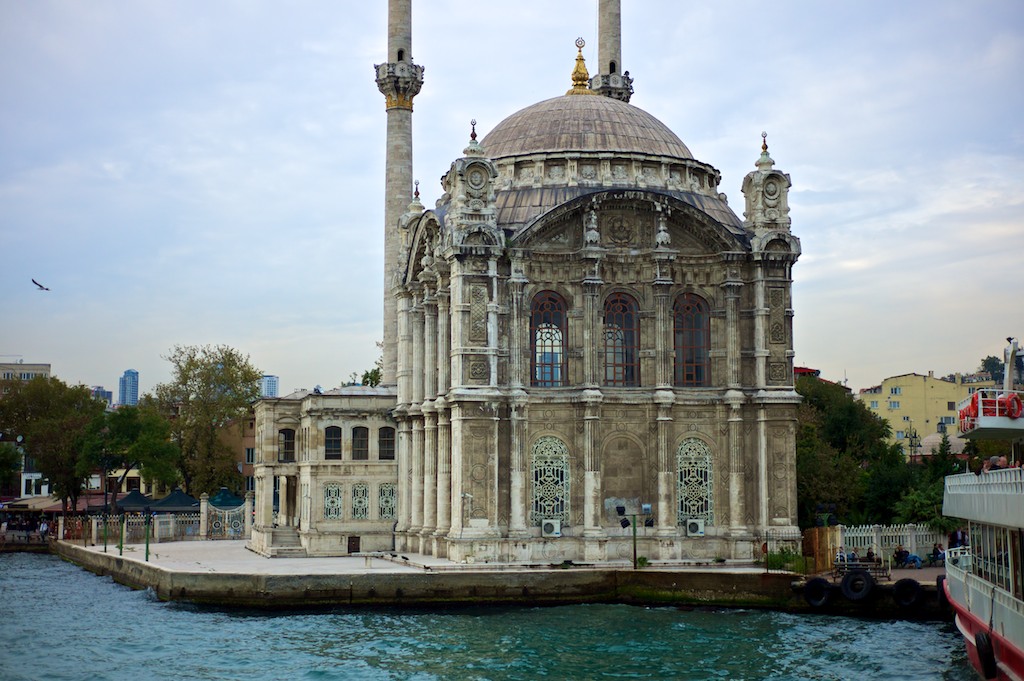Istanbul is really an amazing city to visit with its kaleidoscopic display of culture and sights. Istanbul is the largest city in Turkey, with current estimates putting the population at approximately 17 million, making it one of the largest cities in the world. It is located on the Bosporus Strait and covers both the European and Asian sides of the Bosporus, making it the only city in the world that is spread over two continents.
Istanbul was known historically as Constantinople after Roman Emperor Constantine, whom made it the capital of the Roman Empire (330 CE to 395 CE); as Byzantium during the period of the Byzantine Empire (395 CE to 1204 CE and 1261 CE to 1453 CE); and during the Latin Empire (1204 CE to 1261 CE) and the Ottoman Empire (1453 CE to 1922 CE).
Due to Istanbul's long reaching history there is lots to see and do, like the visiting the Blue Mosque that was built between 1609 and 1616 by Sultan Ahmed 1 during the Ottoman Empire.
One of Islam's focus is cleanliness, and ritual washing is practiced by the faithful before entering the Blue Mosque, and you see washing stations around the Blue Mosque and in public places like those pictured below.
Everyone is welcome to visit the Blue Mosque, however tourists are asked to remove their shoes and wear foot covers, and ladies need to don headscarves before entering, as a show of respect for the Islamic faith.
Inside the Blue Mosque is impressive to say the least, and in the photo below of the interior dome you get an idea of why it is called 'Blue' with its beautiful blue tile work.
Remnants of the Roman Hippodrome (203 CE) are still evident, and was where horse and chariot racing took place to entertain the locals in ancient times (below).
Located in the Hippodrome is the Serpent Column, shown below, which is know to be at least 2,487 years old. The Serpent Column had three intertwined serpent bodies and heads (later decapitated by invaders), and was originally located at the temple of Apollo in Delphi. The Serpent Column has been referred to by such notable writers in history such as Herodotus, Thucydides, Demosthenes, Diodorus Siculus, Pausanias the traveller, Cornelius Nepos and Plutarch. A bit of a sad end for such a remarkable piece of history.
There are hundreds of ancient Roman cisterns underlying Istanbul, and the one below - built in the 6th century by Emperor Justinian - is near the Hagia Sophia Church, our next stop. It is an amazing bit of ancient history, so if you get to Istanbul be sure to check it out.
Across the Hippodrome from the Blue Mosque is the Hagia Sophia Church (360 CE), another impressive sight from antiquity.
Everyone seems to love the Grand Bazaar in Istanbul, and you could get lost for days while shopping it's so massive. The Grand Bazaar was opened in 1461 CE and is one of the largest covered markets in the world, with more than 58 streets inside and over 1,200 shops.
Another impressive site to visit is the ancient Topkapi Palace and Harem which was the residence of the Ottoman Sultans from 1465 CE to 1856 CE.
Into the Topkapi Harem chambers ... easy boys!
Another favorite place for shoppers is Istanbul's Spice Market that was built in 1660 CE.
Another great site to visit is the 6th century Byzantine Chora Church that is full of astonishingly beautiful frescoes and mosaics. I didn't get a good single photo of the exterior as I left my wide angle lens in the tour bus, but the photos below give you an idea of its 6th century architecture which I found to be quite enchanting.
Everywhere you look inside is covered with stunning Christian frescoes and mosaics depicting scenes from the Gospels, the photos of which do not do them justice.
The last stop in Istanbul before catching the night train to Ankara was a cruise along the Bosporus Strait that forms part of the boundary between Europe and Asia, and connects the Black Sea with the Mediterranean via the Sea of Marmara, the Dardanelles, and the Aegean Sea.
Ciragan Palace (below) was built by Sultan Abdülâziz between 1863 and 1867.
Nice little waterfront Cafes were all along the Bosporus.
What a great place for a university!
The end of the line!
Next up: East from the last stop on the line of the Orient Express on the night train to Ankara.




